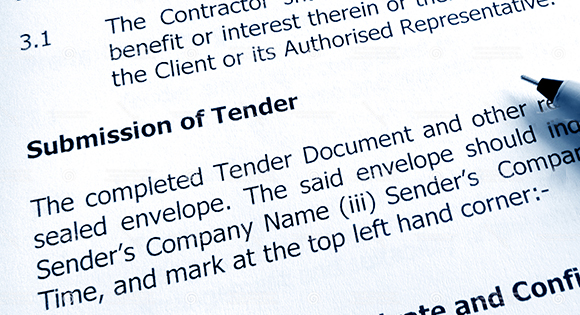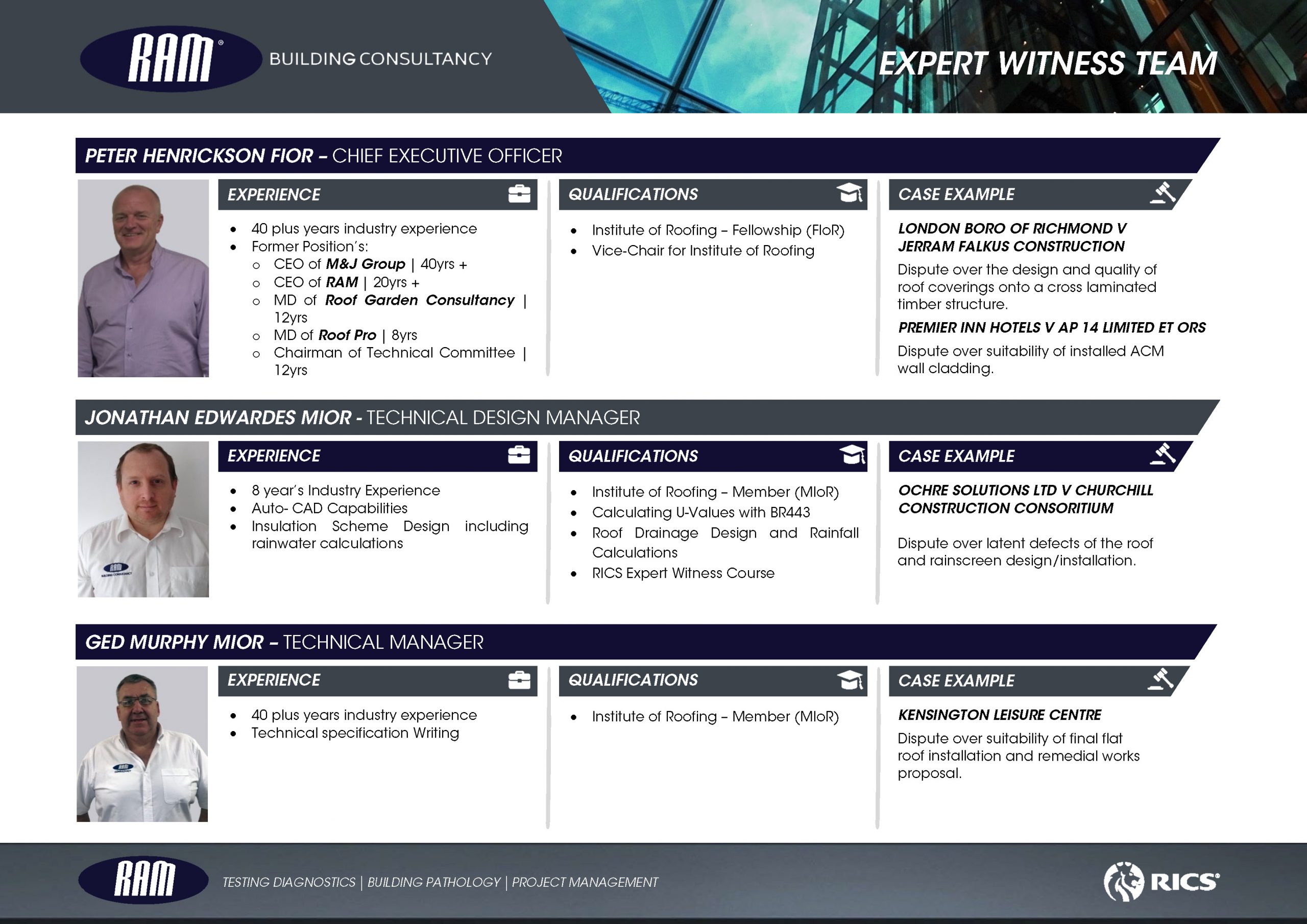|
|
A project tender process is mutually agreed with all our clients to suit their own procurement rules and regulations, whilst offering best advice to we can ensure best value for money is achieved.
At RAM, we remain flexible to the client’s procurement regulations, which offer the correct advice on the project specifics. Our standard tender documents will include the below within the invitation to tender (ITT):
-
Introduction
background information on the tender
-
Tender Conditions
the legal parameters surrounding the tender
-
Specification
the description of the supplies, service or works to be provided
-
Instructions for Tender Submission
instructions for the bidders
-
Qualitative Tender Response
qualitative questions to be answered by the bidder
-
Pricing and Delivery Schedule
quantitative questions to be answered by the bidder
-
Form of Tender
declaration to be signed by the bidder
-
Certificate of Non-Collusion
declaration that the bidder has not colluded with any other bidder on the tender
-
Draft of Proposed Contract
a draft of the contract which will be signed by the successful bidder

The deliverability of the project is held by the project manger and we ensure we maintain effective communication between all parties. This ensures all works are delivered on time, on budget to the required quality standards.
One of the most preferred route is that contracts are awarded on a “most economically advantageous tender” basis. Therefore, the evaluation will not usually be restricted to just the cost. A contract will be awarded after evaluating a range of criteria, which are usually weighted by importance and agreed with our client upfront. Criteria other than cost may include:
- Quality
- Experience
- Programme of Works
- Project Lead-in Period
During the project tender process
RAM can offer clients recommendation on contractors with our own approved contractor approval system, which we find is key. Our approval process focuses on:
- Experience of tendered works
- Financial checks
- Location
- Applicable Industry Accreditation’s


